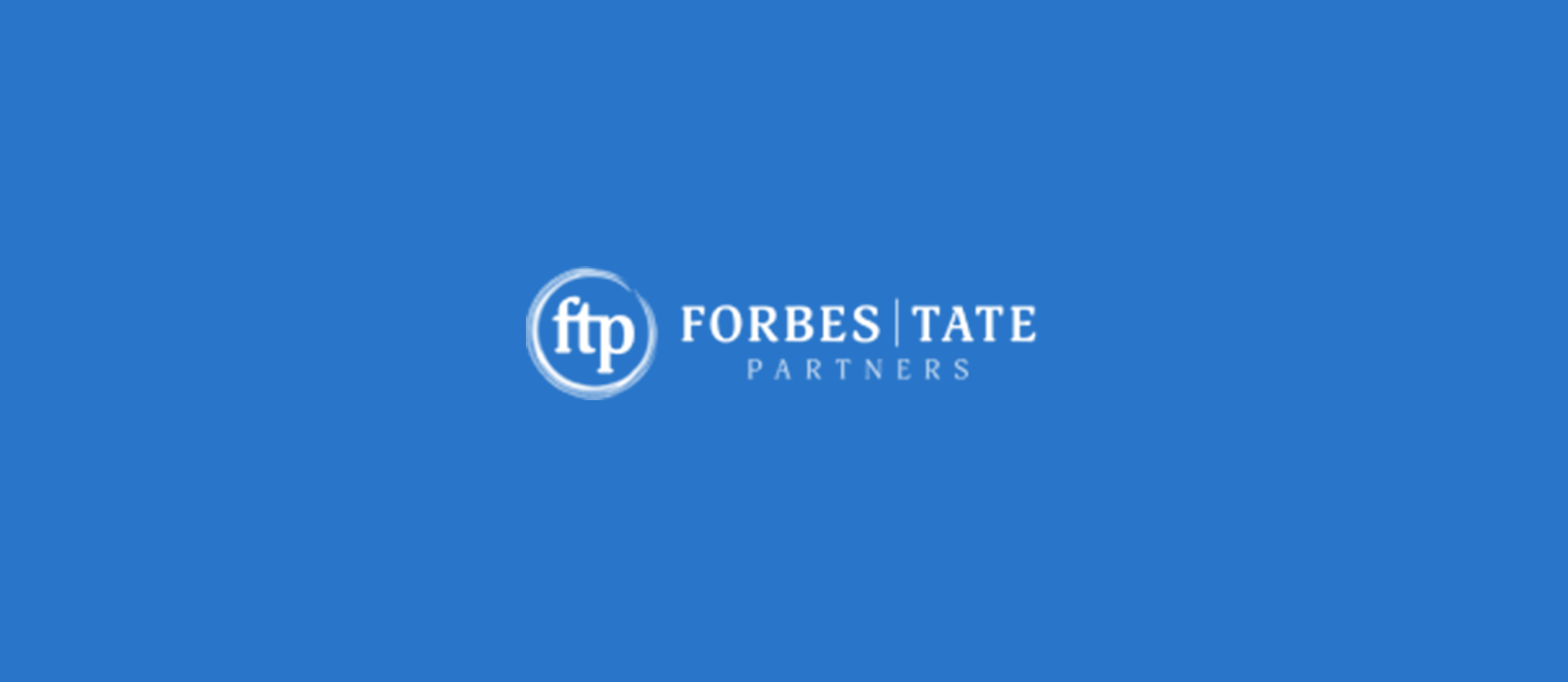Our world is driven by content, but in our current content-saturated environment, your message can get lost without asking two critical questions:
- What if no one sees your content?
- What if the people you need to hear your message – don’t?
Meaningful content is essential to telling your story, but it loses its impact if not consumed by your target audiences. If you are not leveraging a targeted, promoted paid media strategy, then you are invariably missing out on some of the most influential content consumers and validators.
A central piece of an effective advocacy strategy is quite simple: join the conversation where it is happening. Given the rise of mobile devices and social media and their impact on how news is consumed, efforts to join the conversation on any policy priority now require digital media – both paid and organic.
According to Reuters Institute Digital News Report 2017 (Exhibit 1), over half of their respondents get news via social media – twice as many as 2013 – and two thirds of social media news consumers also visit mainstream websites and apps.

Organic reach has been dropping dramatically across platforms, and with this shift, the reality is that paid media is no longer just an add-on or afterthought, but a crucial component in your public affairs toolbox. Paid promotion ensures reach and delivery of your message, leading to more coverage and more engagement.
But reach and delivery aren’t the only benefits of paid promotion – it also allows you to capitalize on trends in public sentiment. According to a March 2017 survey, 61% of internet users reportedly trust the advertising that they see or hear – an 11% increase compared to March 2014 – and 72% believe that the ads that they consume are “honest,” a dramatic 16% jump from March 2014.
Now, contrast that trend against Gallup’s findings, which has been monitoring American trust and confidence in the media since 1972. As of late 2016, Gallup found that the public’s perception of the media is at an all-time low with a whopping 68% of Americans distrusting the institution.
So how can you best capitalize on the public’s perception of advertising, compared to the news media broadly? What is the solution to maximize reach and minimize spend?
Join the conversation where it’s happening – through paid digital campaigns, take existing content on one platform and promote it on another to encourage engagement. To illustrate how this happens, let’s look at some examples. Through a paid Twitter campaign in three states, our client was able to meaningfully engage in up to 73% of the online conversation around their issue (Exhibit 2).

Paid promotion offers many benefits other channels do not.
- It can be turned on quickly, unlike earned media, which requires more time and energy to create and place.
- It’s flexible, allowing you to test messaging and platforms and pivot to what’s working before investing in a full-scale, long-term campaign.
- Paid promotion is easily measurable and trackable, making it easy to give clients clear metrics to make strategic and budget decisions.
- It’s also scalable, allowing you to build up to bigger campaigns to blanket your target audience with your messaging.
Perhaps most importantly, paid is targeted, ensuring you’re reaching your specific audience and helping you get more bang for your buck. In another case study, a coalition had a fly-in and wanted to increase their online footprint and awareness.
Leveraging a low budget, we zeroed in on two key words and a very limited audience. The campaign saw a 3,326% increase in total impressions, nearly a 30% increase in followers, and more than double the rate of retweets compared to the previous 28 days of activity – all for a very low cost-per-click (Exhibit 3).

Paid promotion belongs in the same toolkit as earned and owned media – it helps gain new supporters, drive people to advocate, and increase clicks on your content.
Relevant and engaging content is half the story, but targeted distribution and promotion is how to make sure key audiences hear yours.
